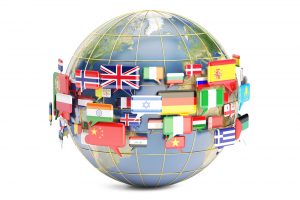
Linguistic trends and Translation Needs
English still seems to hold the spot for the most popular language being learned around the world, as well as being the language spoken in the most countries. Because of this, it is a language that is often chosen for global business dealings, will that always be the case? Though Chinese is a challenging language to learn, could we see a shift in years to come with an ever-growing global economy?
Already as the global economy places higher demands on enterprises, translation services have become priority. From global and industry regulations, to marketing, advertising, and entertainment, it will be interesting to see where the future will take us in terms of translation needs, especially for life science translation.
So, pop over and take a look, there are some great graphs and illustrations to give you a wonderful picture of global languages.
http://www.visualcapitalist.com/a-world-of-languages/